Fall Peony Care: Tips & Tricks For Big Blooms Next Spring
With just a little fall peony care, these perennials will look lovely for decades! Follow these simple tips in fall to make sure your peonies are set for spring.
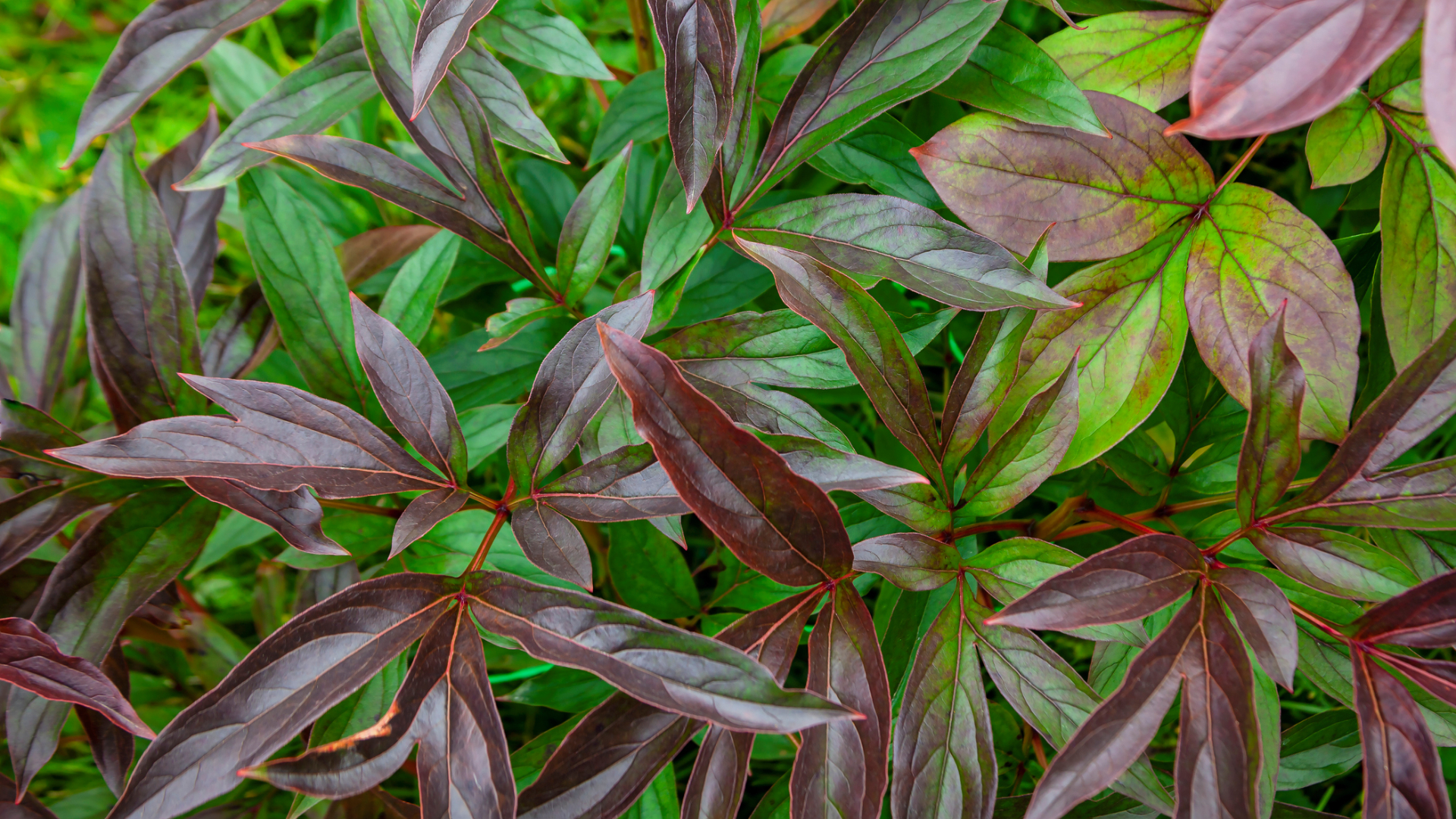

Fall peony care is important to keep these beautiful perennials happy and help them last a long time. Peonies are a cherished addition to the home landscape. Long-lived and dependable, peony plants are prized for their gorgeous blooms and seasonal beauty. Despite their ease of growth, they need some special attention. This is especially true as temperatures begin to cool. Let's look at how to care for peonies in fall and the different needs of the most popular peony varieties.
Fall Care for Established Peonies
Here are the three most important tasks gardeners need to do for peonies in fall to keep established plants happy:
Cut Back Foliage
Peony care in fall starts with the arrival of cooler weather. By this time, the plant’s foliage is probably already starting to deteriorate. Yellowing or spotted leaves are especially unattractive and often denote the presence of disease. By the first freeze of the season it’s likely that the plant’s foliage will have died back completely. Once this occurs, all foliage can be trimmed back to the soil level. All plant matter should be removed from the garden and disposed of to prevent the likelihood of disease in the coming season.
Divide, If Needed
Fall care for peony plants may also involve division. This is a good choice when the plants become exceptionally large, or when you simply wish to multiply your favorite varieties. Removing all foliage from the plant is the first step of this process.
To divide a peony, first dig around the plant, carefully working in a large circle. Since an established root system can be quite extensive, make your best effort to clear as much of it from the soil as possible. Cut apart the roots, making certain to leave at least 3-5 eyes on each section. New roots can then be planted directly into the garden.
Fertilize
Peonies can be fertilized early in the season, before the production of flowers. The plants will also benefit from feeding in the fall. Sidedressing peonies with a balanced, slow-release granular feed is preferred, aiding in root development before the arrival of winter. For the best results, make certain to avoid fertilizers that are especially high in nitrogen.
Fall Care for New Peonies
Newly planted peonies require different care than older, established plants in fall. Here's how to make sure your new peonies get off to a good start:
Gardening tips, videos, info and more delivered right to your inbox!
Sign up for the Gardening Know How newsletter today and receive a free copy of our e-book "How to Grow Delicious Tomatoes".
Plant Tubers or Divided Peonies
Fall is the ideal time to plant peony tubers and divided roots. Planting in autumn will allow for a longer period of establishment before new growth begins in spring. Peony roots should be planted into well-amended beds with each growing eye facing upward. Be careful not to plant too deeply, as doing so may negatively affect the peony’s ability to bloom.
Water
After planting, water each new peony root thoroughly. This will help the soil to settle, as well as aid in growth. New plantings of peonies only seldom require supplemental water throughout the winter. However, they can be watered if conditions are especially dry or warm.
Mulch
After planting, you may want to apply some light mulch atop new peony beds. While mulching will help to protect the roots from the cold, it will also prevent heaving. Heaving occurs when plants are lifted from soil due to seasonal fluctuations in temperature, like cycles of freezing and thawing. All mulch should be removed from beds in the spring, before new growth begins to emerge from the soil.
Tree Peony Fall Care
Tree peonies have many of the same needs as common garden peonies, but there are few differences. Here's what you need to do to prepare these woody perennials for winter:
Fertilize
Much like with an established herbaceous peony, fall care for tree peonies requires fertilization. Plants can be side-dressed with a balanced, slow-release feed just after their leaves have started to fall. Avoid feeds with high amounts of nitrogen, as the primary goal at this time is not to encourage leaf growth, but to aid in root development.
Mulch
Tree peonies grow exceptionally well when mulched. In fact, the plants will benefit from the use of a generous layer, spanning towards their dripline. Mulching will also help to regulate temperature and maintain soil moisture levels throughout the season. Some growers have even found hilling the plant to be an effective management technique.
Itoh Peony Care in the Fall
Care for Itoh peonies in fall is very similar to that of herbaceous types. After the foliage has died back, each plant can be trimmed to soil level. Plant matter can then be removed from the garden. Though new plantings may require mulch in their first season, established Itoh peonies will require exposure to cold temperatures throughout winter in order to bloom their best.

Tonya Barnett has been gardening for 13 years. Flowers are her passion. She has transformed her backyard into a cut flower garden, which she regularly chronicles on her YouTube channel http://www.youtube.com/@tonyawiththeflowers.
-
 Types Of Tomatoes Explained: Explore The Many Wonderful Shapes, Colors, Flavors, & Best Uses
Types Of Tomatoes Explained: Explore The Many Wonderful Shapes, Colors, Flavors, & Best UsesThe world of tomato varieties is vast and fascinating. Learn about the key types to grow in your garden, tailored to your preferences and space.
By Amy Grant
-
 Try The Trend – Turn Any Bed Into A Keyhole Garden With This Clever In-Ground Composter
Try The Trend – Turn Any Bed Into A Keyhole Garden With This Clever In-Ground ComposterKeyhole gardening is an efficient and sustainable practice that saves space. Get started on this DIY project quickly and easily with an in-ground composter.
By Bonnie L. Grant
-
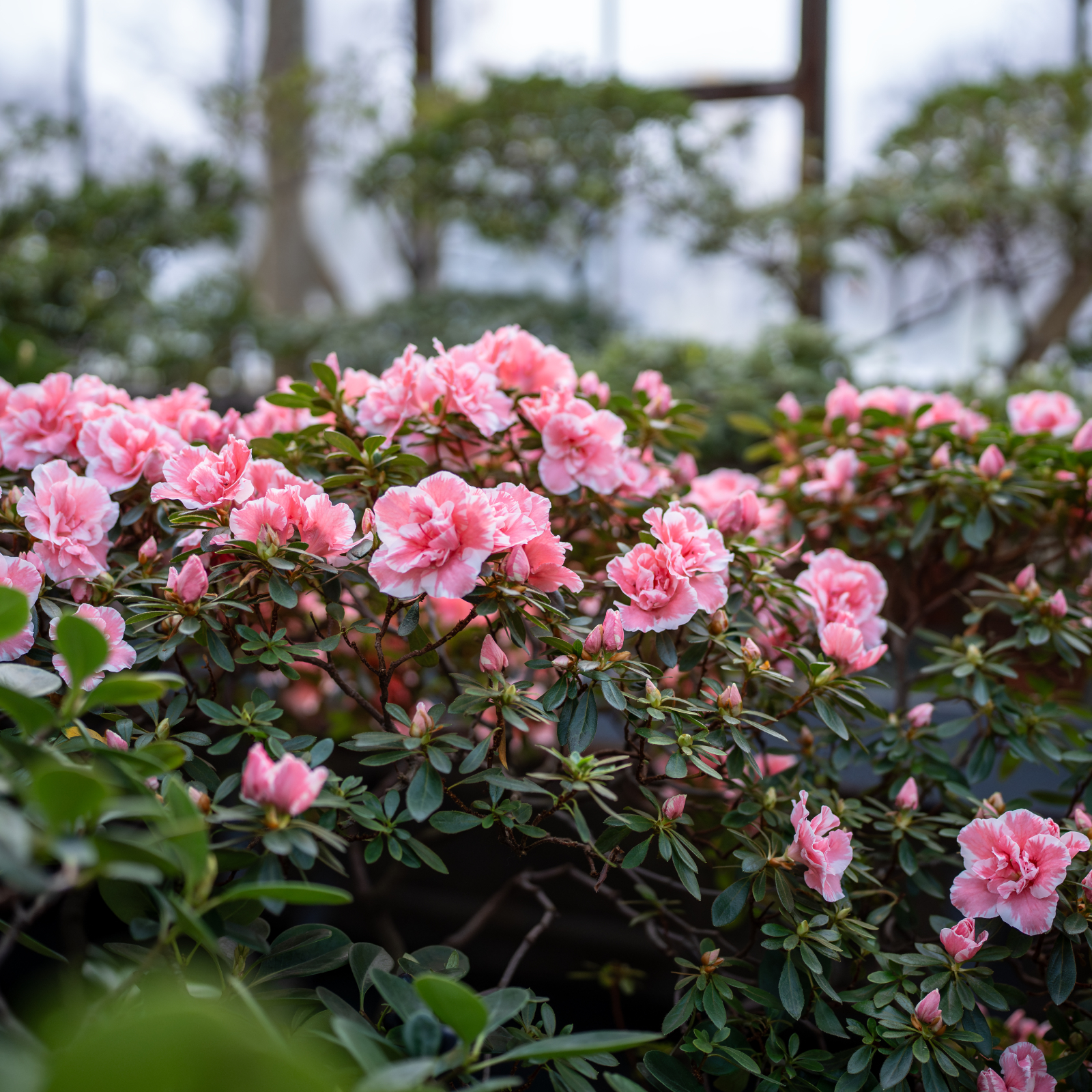 What Is The Size Of An Azalea? Explore Different Varieties That Will Suit Every Garden
What Is The Size Of An Azalea? Explore Different Varieties That Will Suit Every GardenThe size of azaleas can vary widely because they have been selectively bred for different landscape needs. Check out our picks for each size category.
By Mary Ellen Ellis
-
 5 Fabulous Fast-Growing Vines – That Will Quickly Climb Any Arbor, Trellis, Or Fence
5 Fabulous Fast-Growing Vines – That Will Quickly Climb Any Arbor, Trellis, Or FenceThese fast growing vines are perfect for covering any eyesores in your yard or creating a living fence. They will provide great visual interest, as well.
By Amy Grant
-
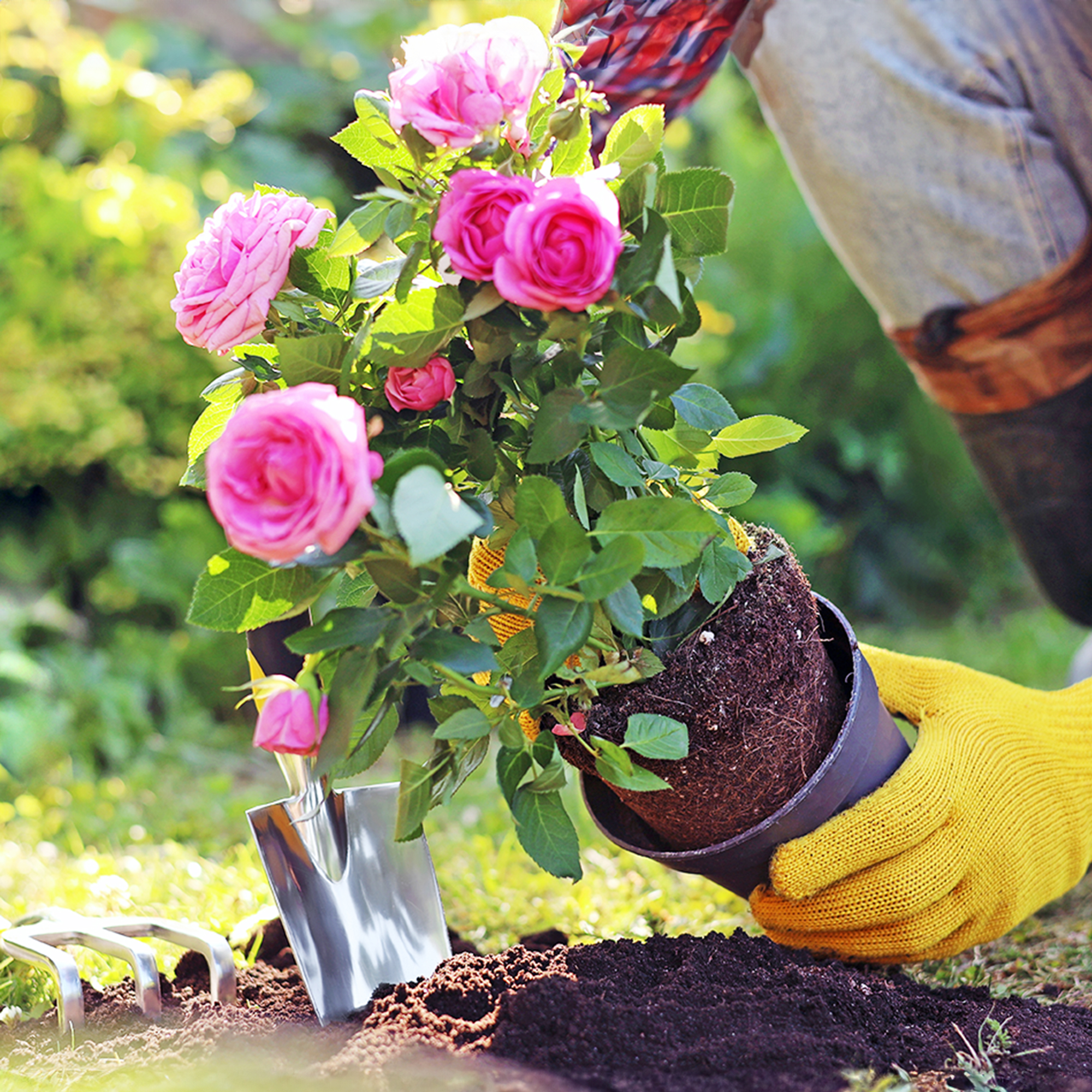 When To Plant Roses: The Best Time For Your Climate And Rose Type
When To Plant Roses: The Best Time For Your Climate And Rose TypePlant your roses at the right time and you will be rewarded with decades of glorious summer flowers – but get it wrong and you'll be crying over dead shrubs.
By Teo Spengler
-
 Spectacular Early Blooming Shrubs: 6 Sparkling Spring Flowering Bushes
Spectacular Early Blooming Shrubs: 6 Sparkling Spring Flowering BushesWant to kickstart your gardening year with dazzling spring flowering bushes for beds and borders? These unique early bloomers are sure to help you rise and shine!
By Teo Spengler
-
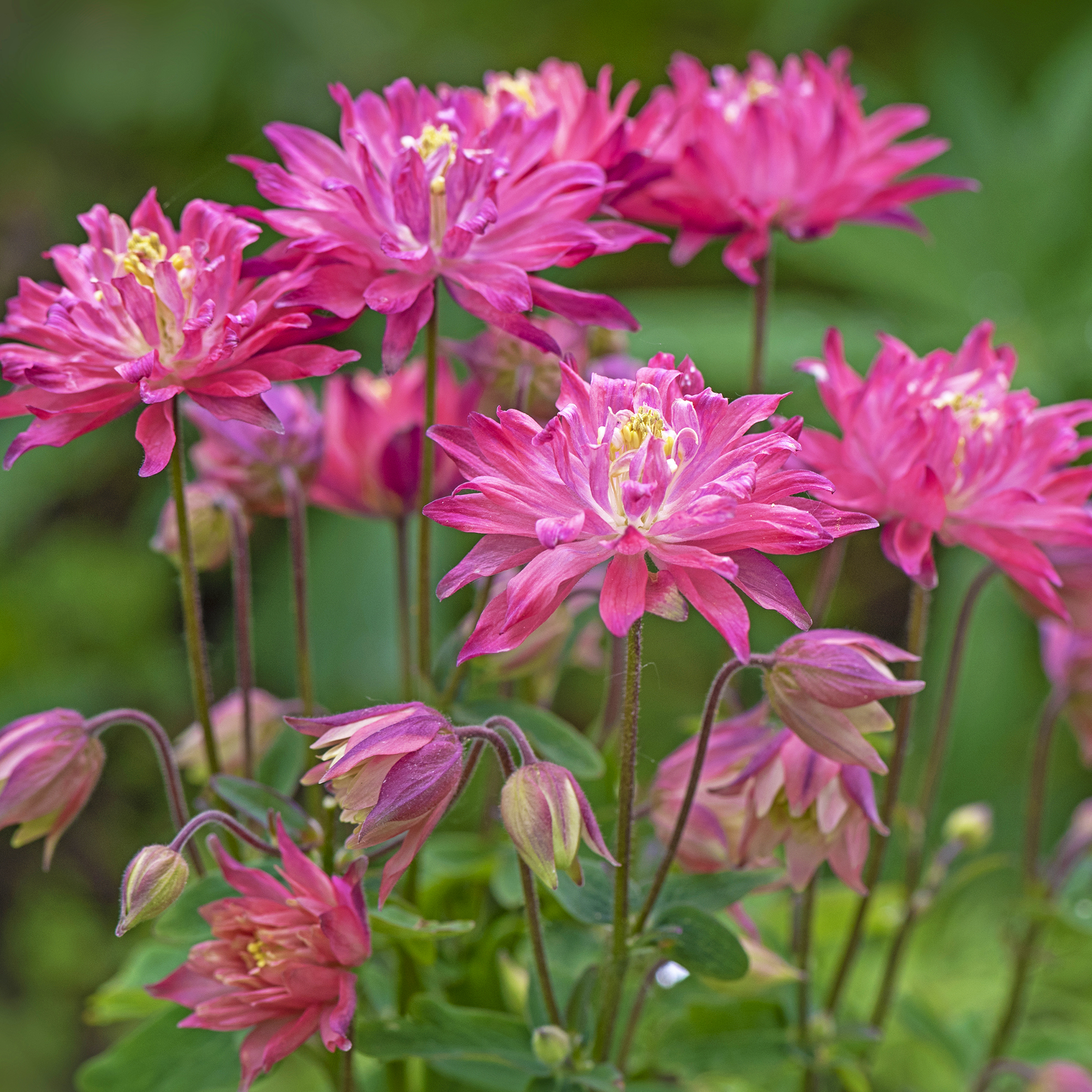 7 Shade-Loving Flowers To Start From Seed Now For A Stunning Summer Garden
7 Shade-Loving Flowers To Start From Seed Now For A Stunning Summer GardenTurn shady spots into vibrant new garden spaces with lovely and illuminating shade-loving flowers.
By Ellen Wells
-
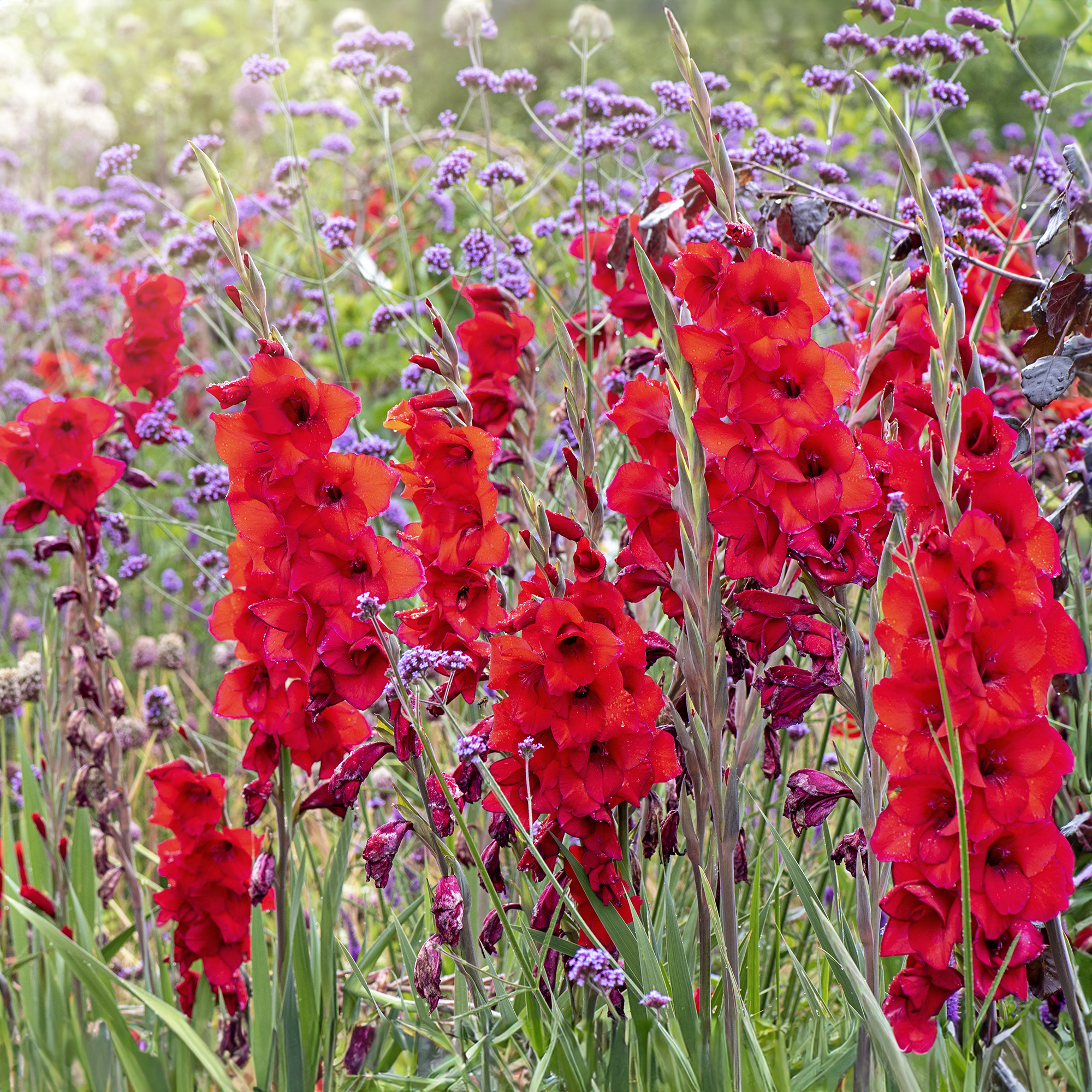 7 Summer-Blooming Bulbs To Plant In Early Spring: Don't Miss Months Of Glorious Flowers!
7 Summer-Blooming Bulbs To Plant In Early Spring: Don't Miss Months Of Glorious Flowers!Get a head start on stunning summer blooms with these easy-to-plant bulbs – act early and you will enjoy vibrant flowers that last for months on end.
By Mary Ellen Ellis
-
 Quick Fire Hydrangea – The Elegant, Easy-Care Shrub Every Gardener Needs In Their Landscape
Quick Fire Hydrangea – The Elegant, Easy-Care Shrub Every Gardener Needs In Their LandscapeIf you’re after an early flowering panicle hydrangea that offers plenty of floral variety, the Quick Fire hydrangea goes big on visual dynamics from early summer to fall
By Tonya Barnett
-
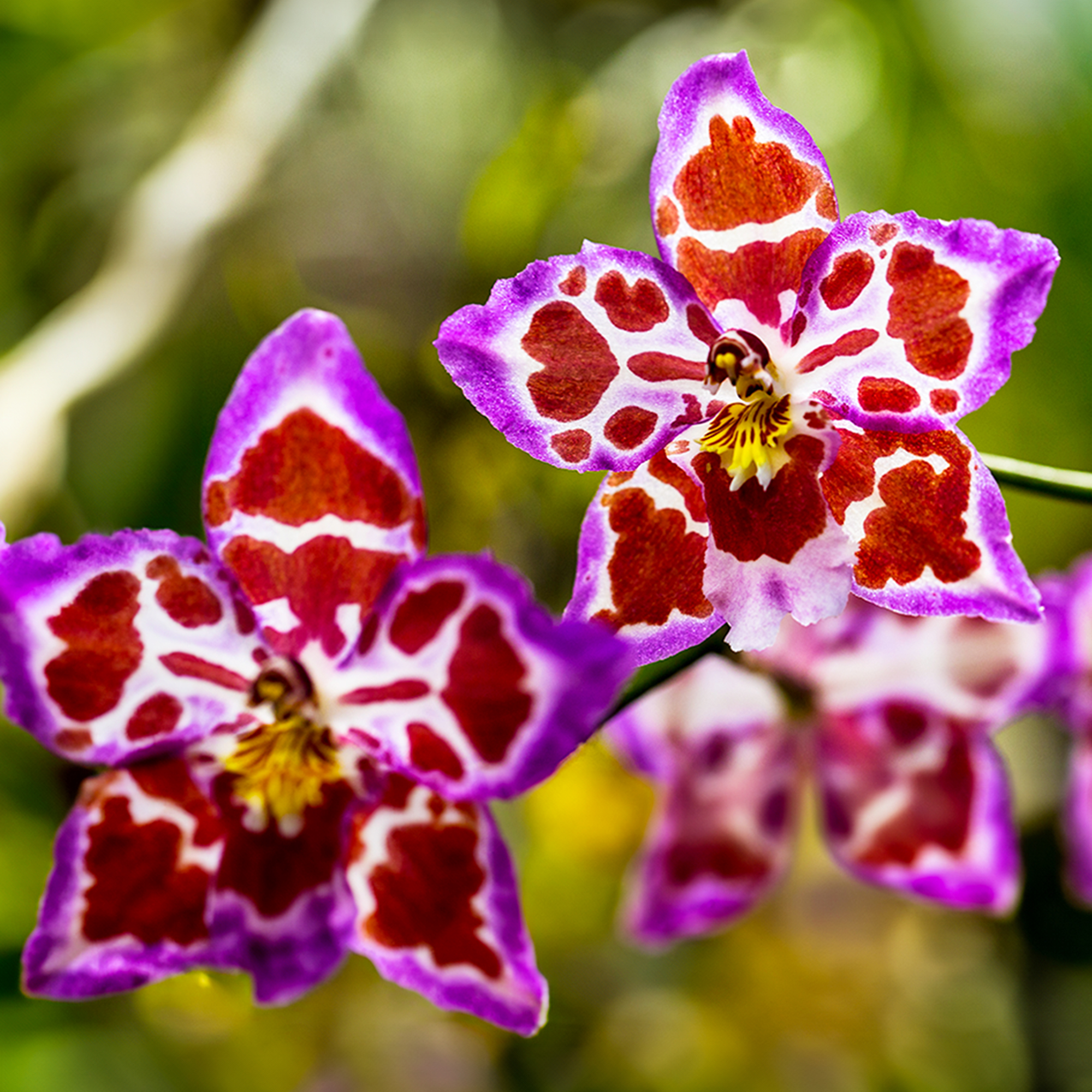 8 Rare Orchids That Make Stunning Houseplants – Some Are Surprisingly Easy To Grow
8 Rare Orchids That Make Stunning Houseplants – Some Are Surprisingly Easy To GrowDiscover unique orchids that will add exotic beauty to your home. Some make easygoing houseplants, while others offer a challenge for more seasoned growers.
By Melanie Griffiths